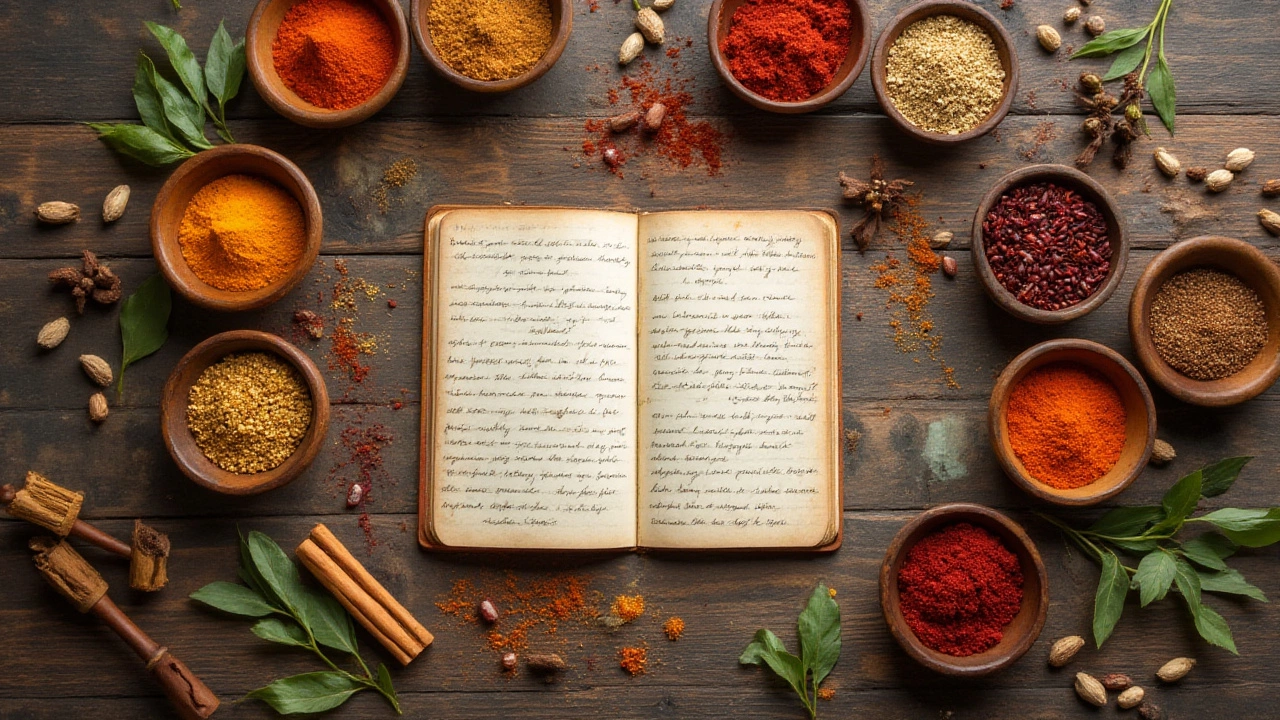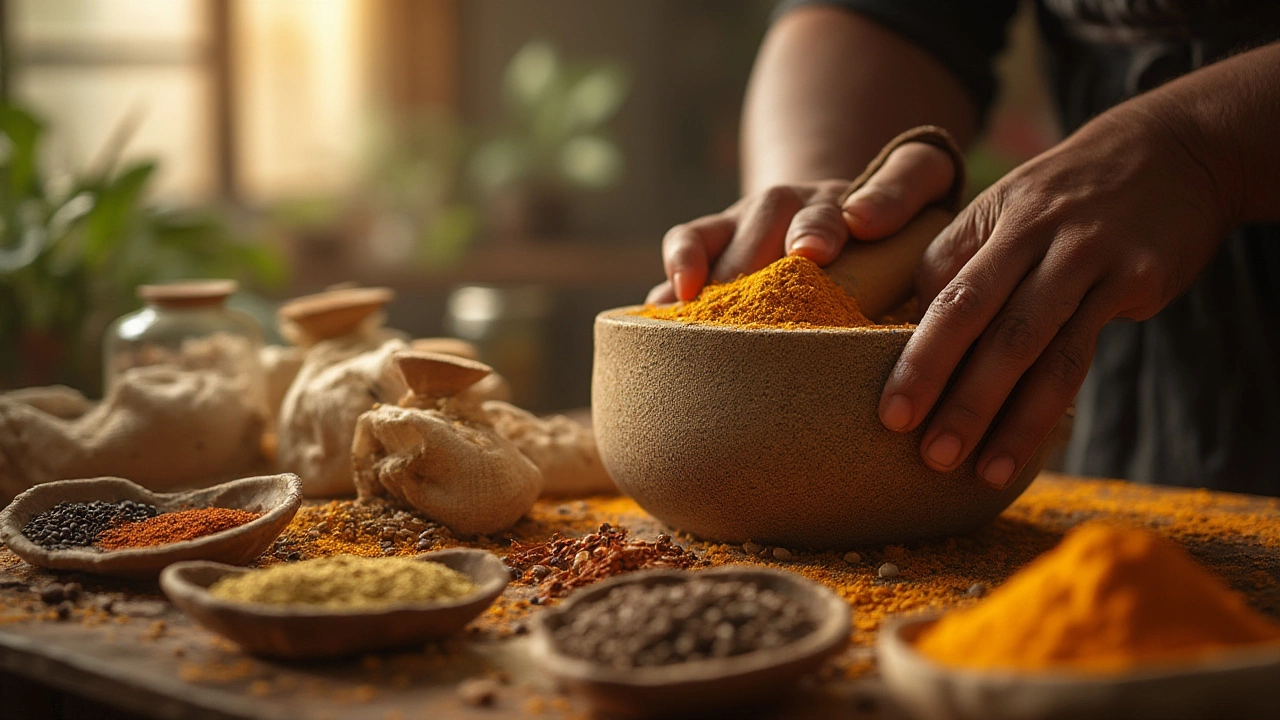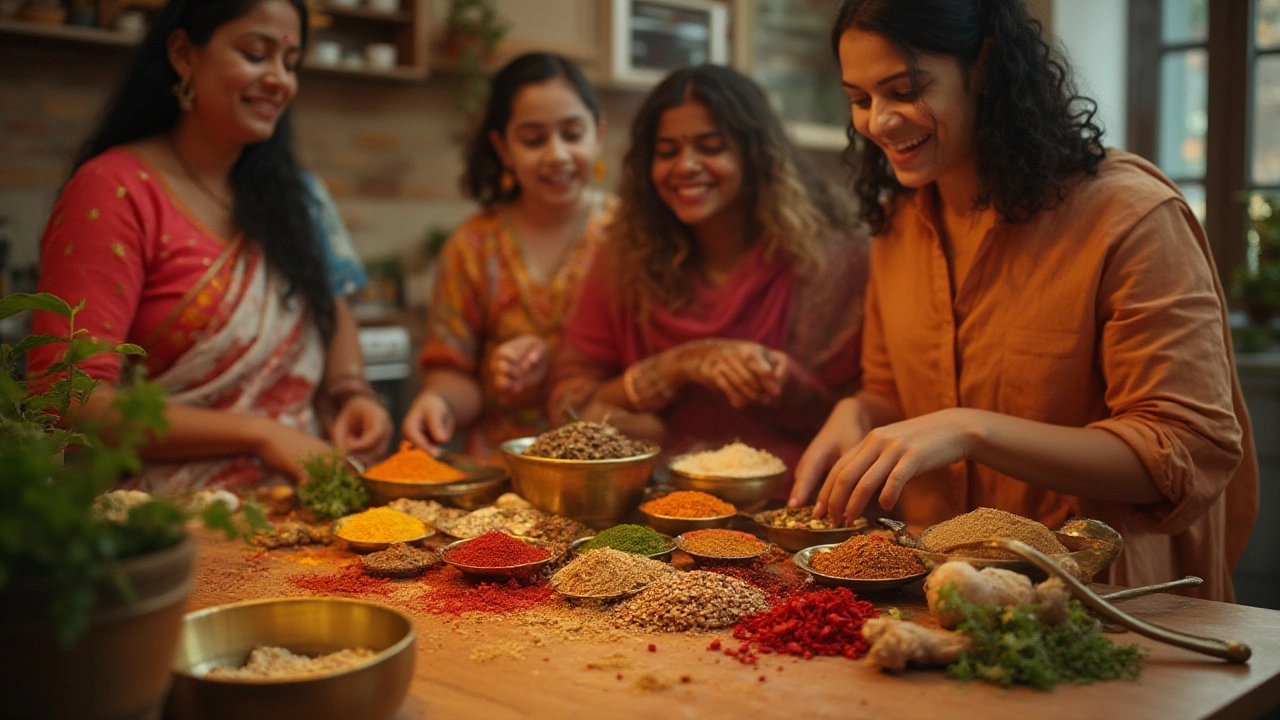Ever found yourself in the middle of a recipe, one hand deep in chopped onions, only to realize that the bright yellow jar of curry powder is absolutely, annoyingly empty? I know this feeling too well—especially after a busy school night when my daughter Nisha is craving her favorite curry and I’m trying to get dinner on the table without another trip to the shops. Turns out, most of us don’t have curry powder in endless supply, but luckily, there are clever ways to work around it and still get that warm, fragrant curry flavor you love.
What Actually Is Curry Powder?
The funny thing about curry powder is that it’s not a traditional Indian spice blend. If you ask my mum or any of my Indian aunties in Auckland, they’ll tell you it’s more of a British invention—created during the colonial days when the British wanted an easier way to bring Indian flavors back home. Curry powder is a blend, not a single spice. That’s why it tastes different depending on the brand or who makes it.
Most standard curry powders mix turmeric, coriander, cumin, fenugreek, and chili powder for heat, and sometimes throw in ginger, garlic powder, mustard seeds, cinnamon, or even cardamom. It comes in mild to spicy versions, and the balance tilts slightly toward earthy and warm rather than fiery hot. Some brands in New Zealand tweak it toward sweeter or smokier profiles, but they mostly share the same backbone: a yellow, earthy base, mild chili kick, and the unmistakable aroma of turmeric.
What’s wild is that there’s no set “recipe.” Every household and brand does curry powder differently. Unless you’re after a super-specific regional Indian flavor (say, a madras or a vindaloo), the typical supermarket curry powder aims to hit a crowd-pleasing middle ground. If you look at the ingredient label of a mainstream curry powder on your shelf, you’ll probably find something like this, but sometimes with a twist:
| Common Ingredient | Typical Range (%) | Flavor Notes |
|---|---|---|
| Turmeric | 30-60 | Earthy, vibrant yellow, mild bitterness |
| Coriander | 10-20 | Citrusy, sweet, warm |
| Cumin | 10-20 | Earthy, smoky, nutty |
| Fenugreek | 5-10 | Bitter, sweet undertones |
| Chili Powder | 5-10 | Spicy, sometimes smoky |
| Black Pepper, Ginger, Mustard Seeds, Cardamom, Cloves, Cinnamon | 1-10 (combined) | Spicy, sweet, warm, complex |
So, when you run out of curry powder, what you’re really looking for is a mix that covers those core bases: warm, earthy, peppery, with that bold yellow hue.

Closest Spice Substitutes for Curry Powder
If there was ever a kitchen question cooked up for Spice Nerd Olympics, this might be it: what can you swap in for curry powder that’s actually close? After years of both improvising on the fly and grilling Indian moms at tamariki birthday parties in Mt. Roskill, I’ve got a few tricks. Luckily, if you’ve got a well-stocked spice drawer, you won’t be left flavorless for dinner.
- Garam Masala: This is your MVP when curry powder is missing and you still want that classic Indian flavor. Garam masala is a traditional North Indian spice blend you’ll often find in curries. It’s not a one-for-one swap though—it has less turmeric and is more aromatic (hello, cardamom and cloves), and it doesn’t have the same yellow color. But in terms of flavor, this is probably the closest single spice blend you’ll find on any supermarket shelf.
- Homemade Curry Powder Blend: Mix ground turmeric, cumin, coriander, and chili powder in roughly equal parts (or to taste). If you have them, add a pinch of ground ginger, mustard seeds, and black pepper. This combo nails the core flavors and gets you 90% there.
- Madras Curry Powder: This is sometimes spicier than supermarket curry powder but shares many of the same core spices. It’s usually a solid step up in terms of heat and aroma.
- Chaat Masala or Other Mixed Masalas: These aren’t perfect substitutes—they’re tangier and sometimes funky—but in a pinch, they can carry the depth and complexity you’re after, especially when mellowed by coconut milk or tomatoes.
- Tikka Masala Powder/Paste: Grab this if you’ve got nothing else. It has many of the same spices but is often more tailored for marinades or creamy curries (and may have added salt, so adjust your recipe).
Of course, nothing is identical, but here’s how these swaps stack up on some basic markers:
| Spice/Blend | Color | Core Flavors | Best Uses |
|---|---|---|---|
| Curry Powder | Bright yellow | Earthy, mild chili, turmeric, coriander | Anything labeled "curry," Marinades, Sauces |
| Garam Masala | Brown | Aromatic, less turmeric, warm | Hearty Curries, Stews |
| Homemade Mix | Yellowish | Assembled to taste | Curry Bases, Soups |
| Madras Powder | Yellow-orange | Spicy, aromatic | Spicier Curries |
| Chaat Masala | Pale beige | Tangy, complex | Snacky foods, Street Food |
A quick pro-mum tip: if you want to mimic curry powder’s signature color, don’t skip turmeric! Even half a teaspoon can transform a pale stew into something sunny and vibrant. And for that earthy backbone, cumin and coriander are musts. If you’ve only got ground cumin and turmeric, you can get surprisingly close to the real deal.

How to Make Your Own Homemade Curry Flavor
Maybe you’re not just looking for the closest substitute but actually want to whip up your own curry powder. You’re in for a treat—homemade always means fresher flavors and the chance to tweak it to your own taste (or Nisha’s, in my case—who detests too much chili!).
Here’s a foolproof basic recipe for DIY curry powder, measured out so you can prep just what you need, or stash a jar in your pantry for next time:
- 2 Tbsp ground turmeric (for color and earthy notes)
- 2 Tbsp ground coriander (citrusy base)
- 1.5 Tbsp ground cumin (nuttiness)
- 1 tsp chili powder (adjust for mild or hot)
- 1 tsp ground ginger (for warmth)
- ½ tsp ground black pepper (for mild heat)
- ½ tsp ground fenugreek (optional, but extra authentic)
- ¼ tsp cinnamon, cardamom, or mustard powder (pick one or mix for more depth, optional)
Just mix everything in a small airtight jar and shake. That’s it! For a fresher flavor, you can toast whole cumin, coriander, and mustard seeds in a dry pan, grind them, and then add the rest. Toasted spices always have more punch—if you’ve got the time, it’s totally worth it.
Want it even easier? For 1 tablespoon of substitute curry mix, use:
- 2 teaspoons turmeric
- 1 teaspoon cumin
- 1 teaspoon coriander
- Pinch of chili powder
It won’t taste 100% like the store-bought version, but you’ll get that curry powder substitute vibe. The beauty of homemade? More control—skip the salt and fillers, and change the spice balance for your crew.
One lesser-known tip: if your dish tastes flat, try adding a tiny squeeze of lemon or a pinch of sugar. Curry powder often hides a hint of tang and sweet, and this trick brings your flavors back in line. Also, add your spices right as you sauté the onions and garlic. This draws out their flavors so your curry won’t taste raw or dusty.
If you’re thinking about nutrition, homemade mixes skip out on added salt or preservatives you sometimes find in big brands. Spices themselves offer antioxidants—turmeric, for example, has curcumin, which is being studied for its anti-inflammatory properties. Not a miracle cure, but still a nice bonus.
Curry powder also isn’t limited to classic Indian “curries.” Here, it makes magic in kaimoana chowder, spiced roast veggies, eggs, and even as a rub for grilled meats. I scatter it in soups on winter nights and sneak it into my chickpea salad for lunches.
So next time that yellow jar runs dry, remember: with just two or three common pantry spices, you can create a base that’ll have everyone begging for seconds—and no one will ever know the curry powder was missing.
